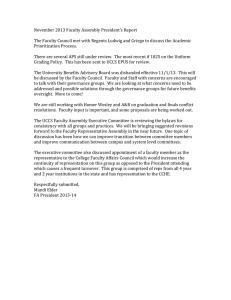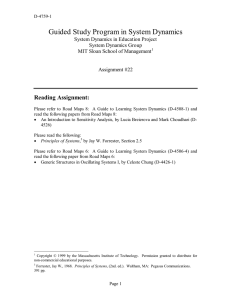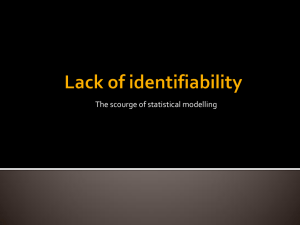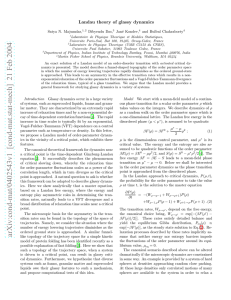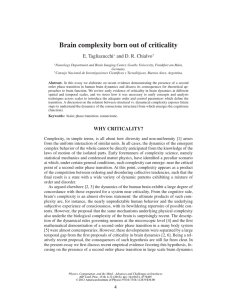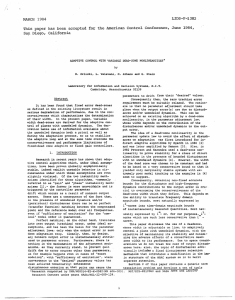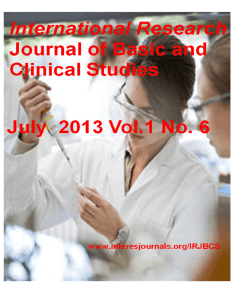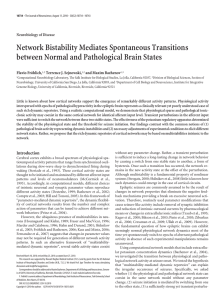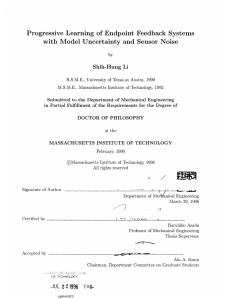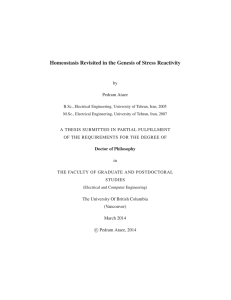Math Colloquium Series Patient Specific Modeling of Cardiovascular System Dynamics
advertisement
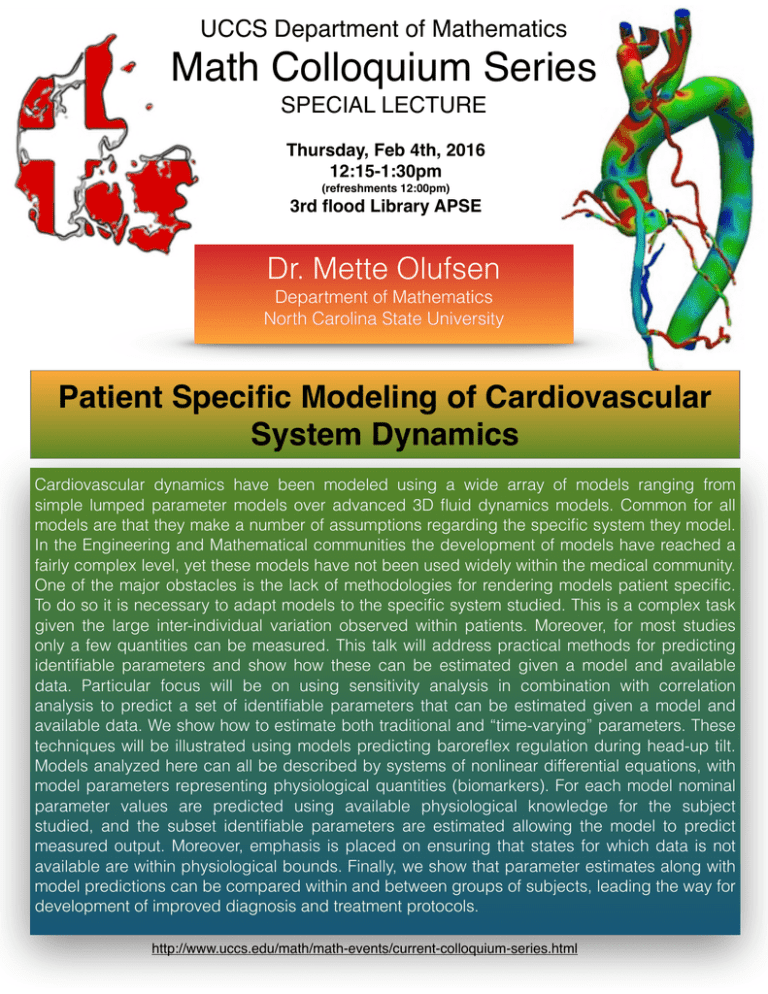
UCCS Department of Mathematics Math Colloquium Series SPECIAL LECTURE Thursday, Feb 4th, 2016 12:15-1:30pm (refreshments 12:00pm) 3rd flood Library APSE Dr. Mette Olufsen Department of Mathematics North Carolina State University Patient Specific Modeling of Cardiovascular System Dynamics Cardiovascular dynamics have been modeled using a wide array of models ranging from simple lumped parameter models over advanced 3D fluid dynamics models. Common for all models are that they make a number of assumptions regarding the specific system they model. In the Engineering and Mathematical communities the development of models have reached a fairly complex level, yet these models have not been used widely within the medical community. One of the major obstacles is the lack of methodologies for rendering models patient specific. To do so it is necessary to adapt models to the specific system studied. This is a complex task given the large inter-individual variation observed within patients. Moreover, for most studies only a few quantities can be measured. This talk will address practical methods for predicting identifiable parameters and show how these can be estimated given a model and available data. Particular focus will be on using sensitivity analysis in combination with correlation analysis to predict a set of identifiable parameters that can be estimated given a model and available data. We show how to estimate both traditional and “time-varying” parameters. These techniques will be illustrated using models predicting baroreflex regulation during head-up tilt. Models analyzed here can all be described by systems of nonlinear differential equations, with model parameters representing physiological quantities (biomarkers). For each model nominal parameter values are predicted using available physiological knowledge for the subject studied, and the subset identifiable parameters are estimated allowing the model to predict measured output. Moreover, emphasis is placed on ensuring that states for which data is not available are within physiological bounds. Finally, we show that parameter estimates along with model predictions can be compared within and between groups of subjects, leading the way for development of improved diagnosis and treatment protocols. http://www.uccs.edu/math/math-events/current-colloquium-series.html
